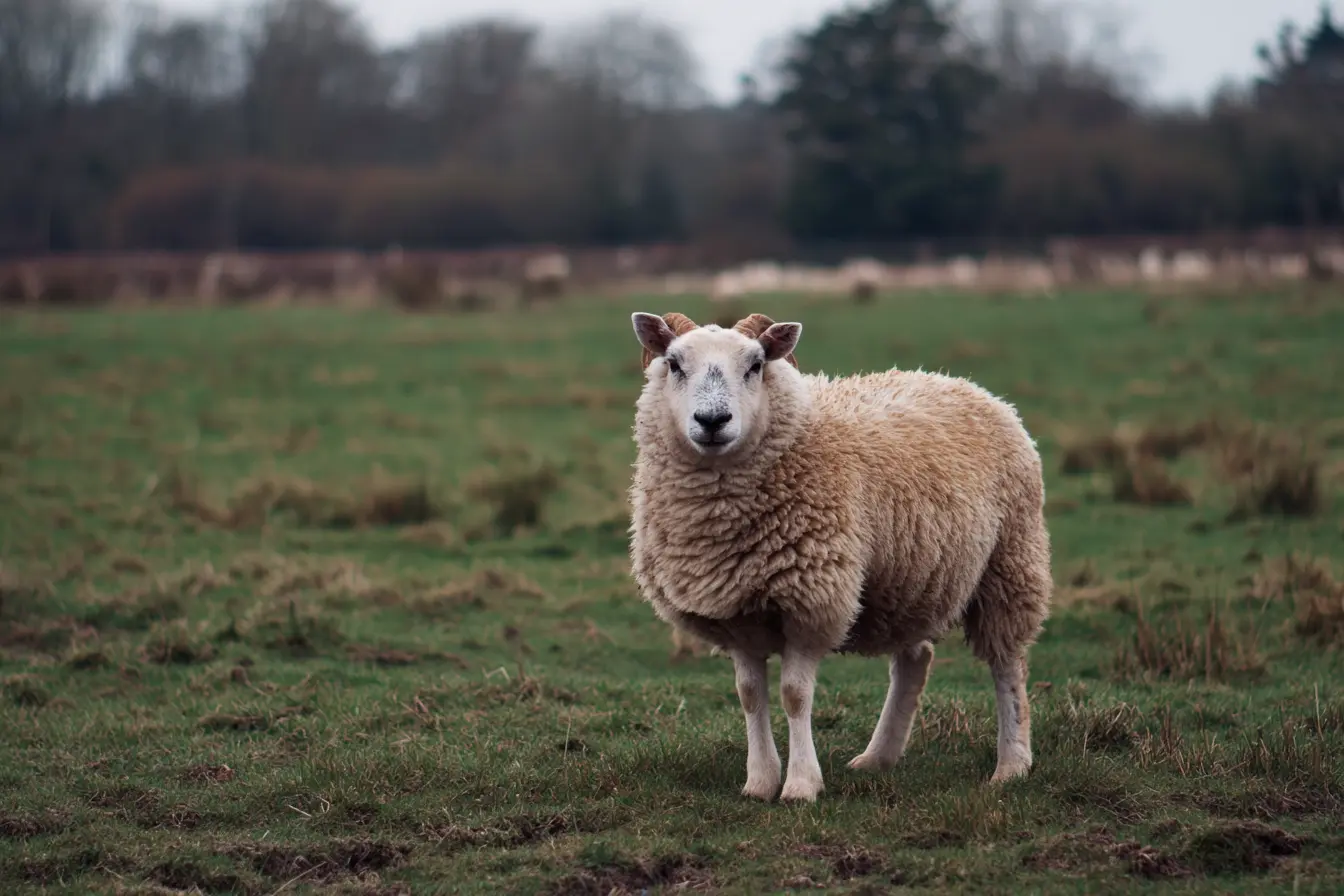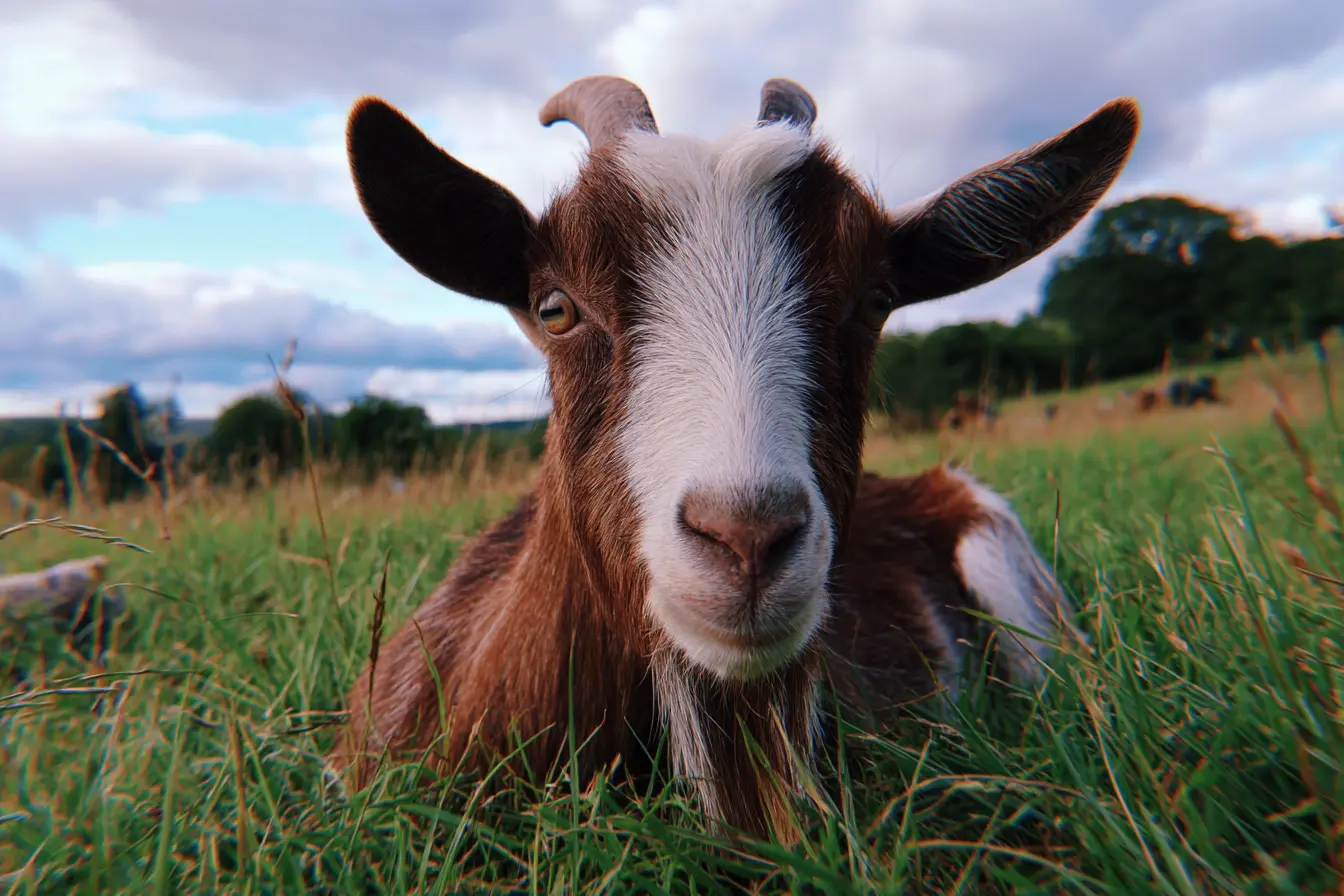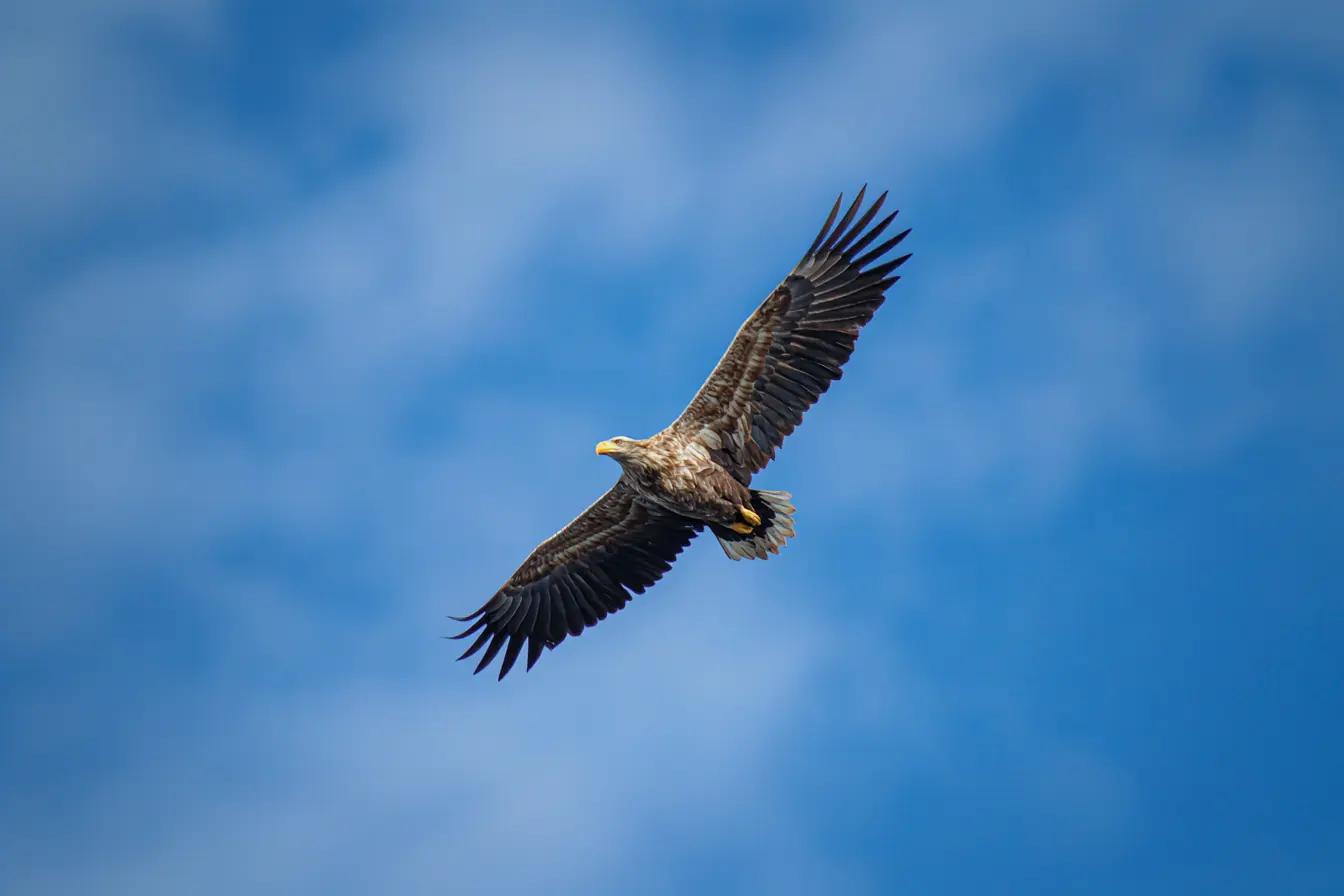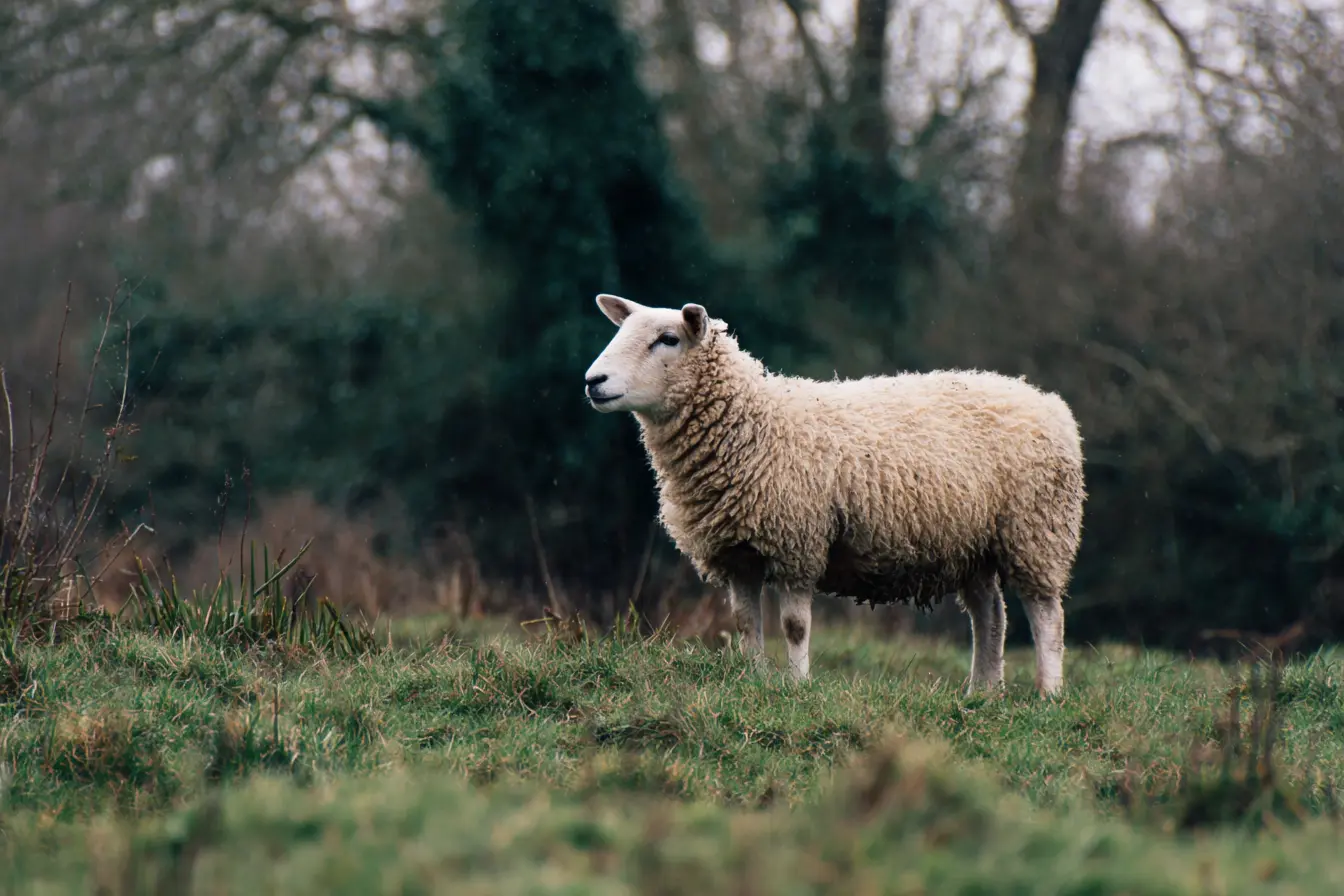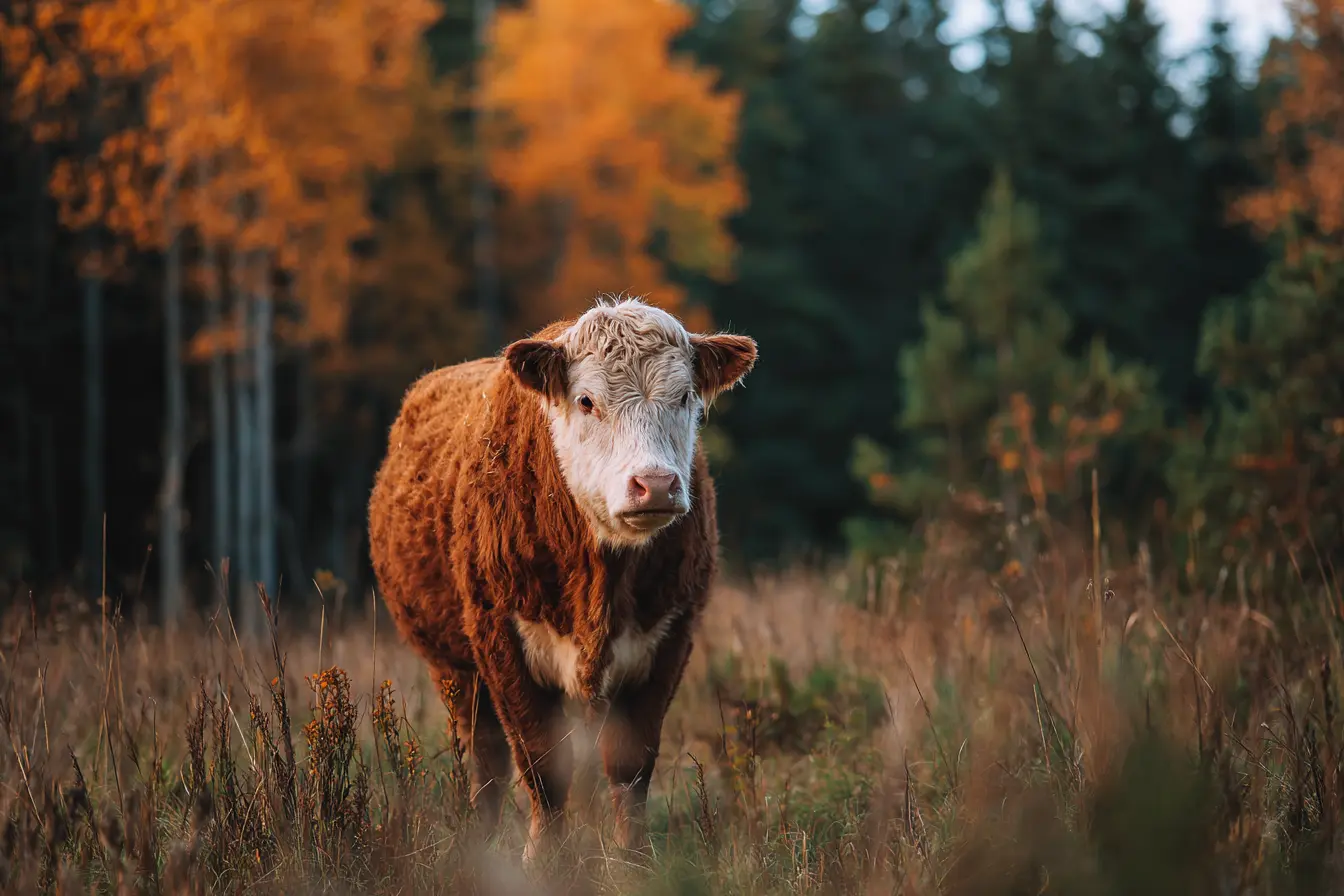
Everything You Need to Know About the Cattle Electronic Identification (E-ID) System in the UK
The UK farming landscape is set to evolve with the introduction of a new cattle electronic identification (E-ID) system, which aims to enhance biosecurity, improve disease control and streamline cattle movements. Here’s a comprehensive overview of what this system entails, why it matters, and how it will impact livestock owners.
What Is the Cattle E-ID System?
The cattle E-ID system is a government-mandated initiative requiring that all cattle in the UK be identified electronically, typically using a radio frequency identification (RFID) device. This replaces or complements the traditional plastic ear tags and paper-based movement documentation.
Key Features:
- Electronic ear tags containing a microchip that transmits a unique animal ID.
- Electronic reading equipment that instantly reads the tag.
- Data integration with national livestock databases for accurate records.
How Does It Work?
The E-ID tag stores a unique 15-digit number linked to the animal’s identity. When scanned with a compatible reader, the data is transmitted instantly to a database, reducing manual errors and paperwork.
Here’s how the process typically unfolds:
- Tagging – Cattle are fitted with an E-ID ear tag, usually at birth or when imported.
- Scanning – Handheld or fixed readers scan the animal’s tag during key events such as movements, sales or vet visits.
- Data Upload – The scanned data updates the relevant livestock movement and health databases, ensuring real-time tracking.
Why Is It Being Introduced?
The move towards E-ID is driven by several key factors:
Improved Biosecurity and Disease Control
Fast and accurate tracking of cattle movements.
Swift response during disease outbreaks such as BSE, TB or foot-and-mouth disease.
Better understanding of animal health and farm biosecurity.
Reduced Bureaucracy
Less reliance on paper passports and manual data entry.
Improved efficiency for farmers, markets and abattoirs.
Alignment with Modern Farming Practices
Digital records are more secure and easier to manage.
Compatibility with existing herd management software.
Implementation Timeline
The system is being rolled out over the next two years with a phased approach:
2025 – Voluntary adoption and pilot programmes to iron out challenges.
2026 – Mandatory E-ID for all new calves and cattle movements.
2027 – Full enforcement, with paper-based systems gradually phased out.
What Do Livestock Owners Need to Do?
Here’s how to prepare for the transition:
-
Check Your Tags
Ensure you’re sourcing DEFRA-approved electronic tags from reputable suppliers. -
Upgrade Your Equipment
Invest in electronic tag readers compatible with your herd management system. -
Update Your Records
Familiarise yourself with how to upload data to the national database or integrate it with your farm management software. -
Stay Informed
Attend any workshops, webinars or local authority briefings about the E-ID system. Your local Animal Health Office and vet can provide guidance too.
Benefits and Considerations
Benefits
Quicker, more reliable cattle identification.
Easier compliance with regulations.
Enhanced disease traceability and control.
Potential to unlock other digital tools such as health monitoring apps or automated weighing systems.
Considerations
Initial investment in tags and readers.
Training for farm staff.
Ensuring systems are compatible with the national database.
Government Support and Guidance
The UK government and DEFRA have committed to supporting livestock owners through this change, including:
- Guidance notes and webinars.
- Financial incentives or grant schemes in some areas.
- Helpline support for technical issues.
For up-to-date information, visit the official DEFRA website or contact your local Animal Health Office.
Final Thoughts
The cattle E-ID system represents a major step towards modernising livestock management and strengthening disease control in the UK. While it may seem daunting initially, embracing this technology will future-proof your herd and align your farm with 21st-century farming practices.
Vets near you
Speciality vets
- Aquatics vet specialists
- Birds vet specialists
- Camelids vet specialists
- Cats vet specialists
- Cattle vet specialists
- Deer vet specialists
- Dogs vet specialists
- Equines vet specialists
- Exotic vet specialists
- Goats vet specialists
- Pigs vet specialists
- Poultry vet specialists
- Sheep vet specialists
- Small Mammals vet specialists
- Wild vet specialists
